Filip Chytil spent Sunday’s 5-4 New York Rangers victory over the Buffalo Sabres looking every bit like the high-end talent the Blueshirts believe he is, darting around defenders, dominating the puck in the offensive zone, setting up prime scoring chances for his wingers and using his power skating to help him put a team high-tying five shots on goal.
Just 22, Chytil might finally be emerging as a legitimate top-six center, the 21st overall pick in the 2017 draft apparently starting to figure out how to get the most out of his considerable skills after years of stops and starts. Chytil’s offensive game has been impressively paired with more responsible defensive play, another pleasantly surprising development that has played a big role in his minutes increasing this month.
His timing couldn’t be better. Ryan Strome will be an unrestricted free agent after the season, and with the Rangers’ current second-line center due for a major commitment in years and dollars, the much more inexpensive Chytil can graduate to Strome’s role, replacing his production and leaving precious room under the salary cap as the club faces more crucial re-signings of their young players over the next few years.
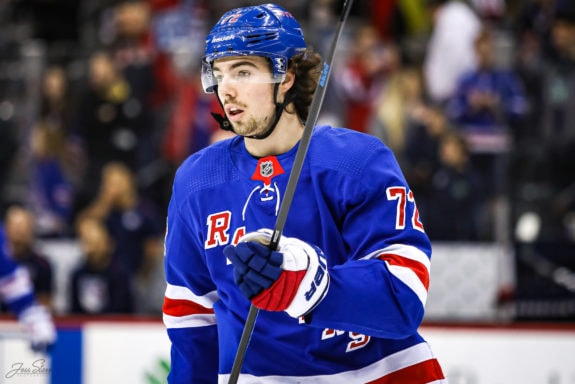
Easy, right? Well … maybe not.
General manager Chris Drury faces a precarious decision in whether to put his faith in Chytil’s ascendance to a top-six assignment and allowing Strome to walk – and even if Chytil continues to blossom, this call will remain fraught with danger.
That’s because the Rangers won’t fully be able to assign value to Strome unless he leaves – and if the club ends up being considerably worse off without him, it will of course be too late.
Value of Strome-Panarin Pairing Shouldn’t Be Taken For Granted
Strome’s career resurgence since joining the Rangers in November 2018 in a lopsided trade that sent forward Ryan Spooner to the Edmonton Oilers has taken place with Strome as Artemi Panarin’s primary center. The partnership with the star winger has led to Strome posting 152 points in 203 games in a Blueshirt.
With that success has come the doubt, to be expected, that Strome’s breakout is due almost entirely to playing consistently with one of the NHL’s great puck distributors. Strome, the No. 5 pick in the 2011 draft, looked to be headed for bust status over his first five seasons.
Panarin’s influence on his linemate’s rise is impossible to dismiss – but the Rangers chalking Strome’s play up to good fortune would be at their own peril as they mull a decision on the 28-year-old pivot.
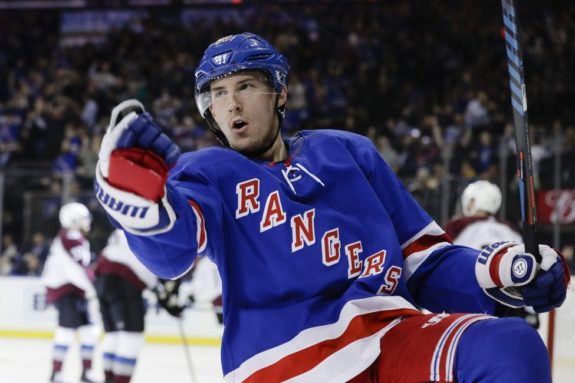
It’s true that Panarin’s sublime passing and elusiveness have created countless prime scoring opportunities for Strome, who’s proven to be a better finisher than advertised in converting on plenty of them. Likewise, his passes to Panarin often end up in the back of the net, hardly surprising given that Panarin has scored 169 goals in 451 career games.
That arrangement, however, might actually be a significantly overlooked asset – and most importantly, one that might not be easily replaced.
What the Rangers can’t afford to ignore in this calculation is the fact that Panarin has delivered two of his best statistical seasons with Strome as his center. The Russia native almost certainly would have reached 100 points in 2019-20 had the season not been shut down due to COVID (he finished with a career-high 95), and his 1.38 points per game last season was the best mark of his career – just a tick ahead of the 1.376 in his first season in New York.
Related: In Fox, Rangers Lock Up Another Piece of Gorton’s Rebuild
Is that a coincidence? Maybe. And maybe not. What seems more likely is that the Strome-Panarin partnership has yielded career-best seasons for both players not because Strome rides Panarin’s coattails, but because each player’s game complements the other’s so well.
Panarin is not a traditional winger, and Strome not a traditional center. Panarin dominates the puck and is exceptional at gaining entry to the offensive zone, where he goes to work. He’ll set up on the left side, looking to hit a trailer coming down the middle, or will bob and weave with the puck laterally through the zone until someone comes open. His ability to control the puck for long stretches and pass-first mentality is how he elevates his team – qualities often associated with centers.
Strome, in near-perfect contrast, doesn’t need the puck on his stick all the time to be successful. His stint as Panarin’s running mate has been marked by his ability to find open space to receive passes – due in no small part to his familiarity with Panarin – and finish them with a powerful wrist shot or a tip-in after perfectly reading his left wing’s intentions and going to the net to receive a perfect feed.
That’s chemistry, and it’s fit, and it’s given the Rangers a highly-effective 1A line – regardless of who’s been on their right – for two-plus seasons, joining the longtime Mika Zibanejad-Chris Kreider duo. So it begs the question – is Drury certain that simply letting Strome sign elsewhere and elevating Chytil will make for a seamless transition in production?
Drury Can Draw on Own History In Making Decision on Strome
That answer is far from an unqualified “yes.” Chytil’s game is not at all like Strome’s. He’s a big, fast center who uses his power to push the puck through the neutral zone, beating defenders with speed and strength along the boards or forcing them to back off before attacking the net or distributing to teammates who have filled the open spaces that he’s created. Chytil’s ability to generate offense, like Panarin’s, comes from dominating the puck. He’s not a finisher in the Strome mold, going to a certain spot and waiting for a pass.
There are a couple of instructive instances from the not-too-distant past that Drury should draw from as he mulls the near future – one of them being his own experience while playing for the Rangers.
Drury arrived as a free agent on Broadway during the summer of 2007, when the Rangers also inked Scott Gomez in a pair of big moves to upgrade their center corps. The expectation was that one of them would team with Jaromir Jagr, still an elite player at that point who had totaled 219 points over the previous two seasons.
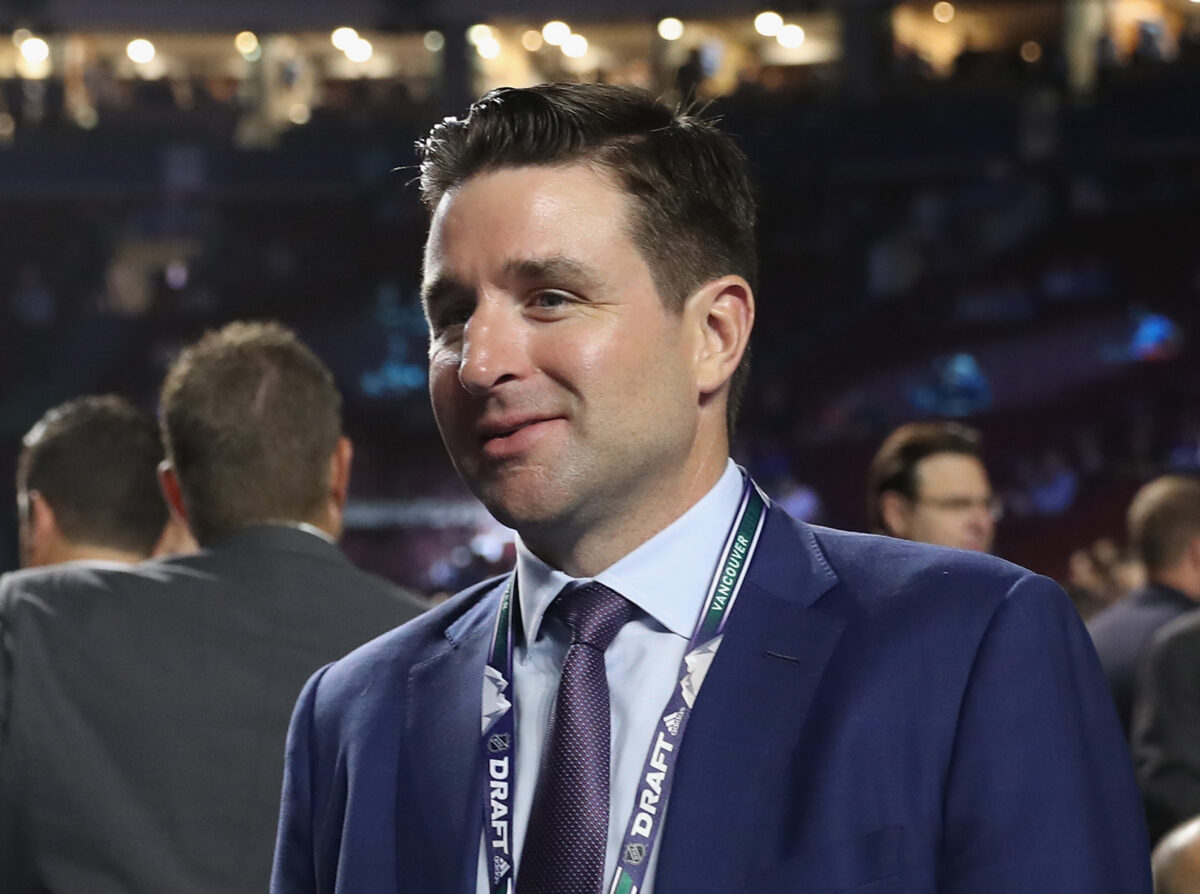
Yet neither Drury nor Gomez was a good fit to play alongside Jagr, a fact that became obvious during training camp and the early part of the season. The reason? Jagr, like Panarin, was a winger who dominated the puck, whereas Gomez in particular and Drury to an extent were distributor types who rushed the puck up ice and got it to their wingers. Jagr didn’t need anyone to get him the puck; he was the one gaining offensive-zone entry and driving the play once there.
Rangers coaches tried a different option, putting rookie Brandon Dubinsky in the middle on Jagr’s line, and it clicked. Dubinsky was a gritty center who cycled down low and worked for the puck along the boards, facilitating possession for Jagr when needed, and like Strome, didn’t require the puck all the time to be effective – essentially “staying out of the way” and allowing Jagr to create. Dubinsky and Jagr turned their meshing styles and subsequent chemistry into strong seasons for both players, with Dubinsky scoring 14 goals with 26 assists and Jagr putting up 71 points at age 35.
Further evidence of the best kind of centerman for Panarin comes from Panarin himself. The Chicago Blackhawks put the then-rookie on a line with Artem Anisimov in the middle and Patrick Kane on the right during the 2015-16 season, and the result was the most dominant forward trio in the NHL. Panarin finished with 77 points to win the Calder Trophy, Kane posted a then-career high (and league-leading) 106 to take his only Hart Trophy and Anisimov had 42.
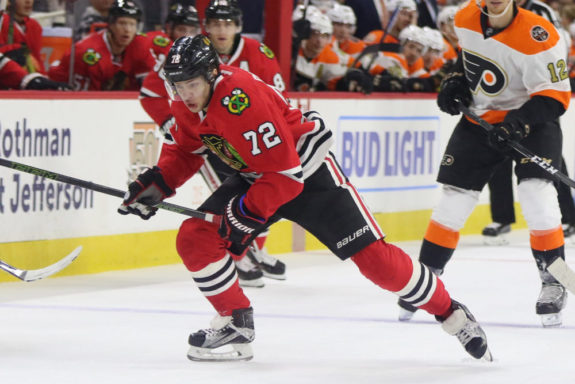
The arrangement of Panarin passing to a Hall of Fame finisher in Kane – who was hardly a slouch in getting the puck to Panarin as well – was the most obvious factor in that group’s outsized production. Yet the fact that Anisimov was another pivot who didn’t need to own the puck to be effective was crucial too, allowing two of the game’s great offensive talents to fully flourish while their center rode shotgun.
Statistics Don’t Paint Pretty Picture of a Panarin-Chytil Future
All of which should force the Rangers to ask themselves – are they prepared to risk limiting Panarin’s impact, that which has made his annual $11.6 million cap hit seem like a bargain, in order to gain salary relief? The concept becomes more hazy when you consider that having to pay Strome $6.5-7.5 million per year over five years – or more – to get maximum effectiveness out of Panarin might not be value added in the final equation.
Still, it might be more dangerous to mess with success. Panarin is again producing at a better than a point-per-game average this season, something he did only once before arriving in New York but what has become the norm in two-plus seasons in a Blueshirt. That dynamic level of offense will continue to play a critical role for the Rangers as they look to ascend to perennial playoff contender status. What if Panarin simply can’t find the same magic and perfect fit with Chytil as his center, as Jagr failed to do with Drury and Gomez 14 years ago?
Numbers never tell the whole story, but the limited returns from Panarin working with Chytil aren’t encouraging. The pair has played together at five-on-five for only 200:49 since Panarin’s arrival before the 2019-20 season. They’ve generated a Corsi for percentage of 46.2 and an expected goals for of 48.4, though the Rangers have scored 16 goals and allowed five with them on the ice (courtesy naturalstattrick.com).
Perhaps even more worrisome, the club has generated only 39 high-danger chances for while allowing 52 with that duo on – stark evidence that Panarin and Chytil aren’t driving play and making big things happen in the offensive zone, while also being deficient defensively.
Contrast that with Panarin’s numbers playing with Strome at five-on-five: 51.0 CF, 54.2 xGF, 80 goals for to 46 against, 254 high-danger chances for to 222 against.
Maybe more time together would allow Chytil and Panarin to develop a rapport and shape their games to suit each other’s. Maybe highly-regarded center prospect Morgan Barron, who plays a similar grinding style to Dubinsky, would fit better with Panarin should he make the team over the next season-plus, as expected. Maybe Panarin can be reunited with Zibanejad on the short-lived top-line combination that began the 2019-20 season. Yet with the Rangers looking to take the next step, the idea of messing with what works for their best offensive player should give at least some pause.
In the end, this decision may be largely a no-brainer. The cap is expected to rise by a minimal amount next season. The Rangers just signed defenseman Adam Fox to a huge extension worth $9.5 million per season that kicks in in 2022-23, leaving the club with about $10 million in space for next season as of now. Panarin’s other linemate Kaapo Kakko will eat up some of that with a bridge contract next summer, and Alexis Lafreniere and K’Andre Miller come off their entry-level contracts the following summer.
Drury may have little choice but to roll the dice and hope Chytil, earning only $2.3 million next season – potentially $5 million less than Strome could cost – ends up being a partner for Panarin nearly equal to Strome.
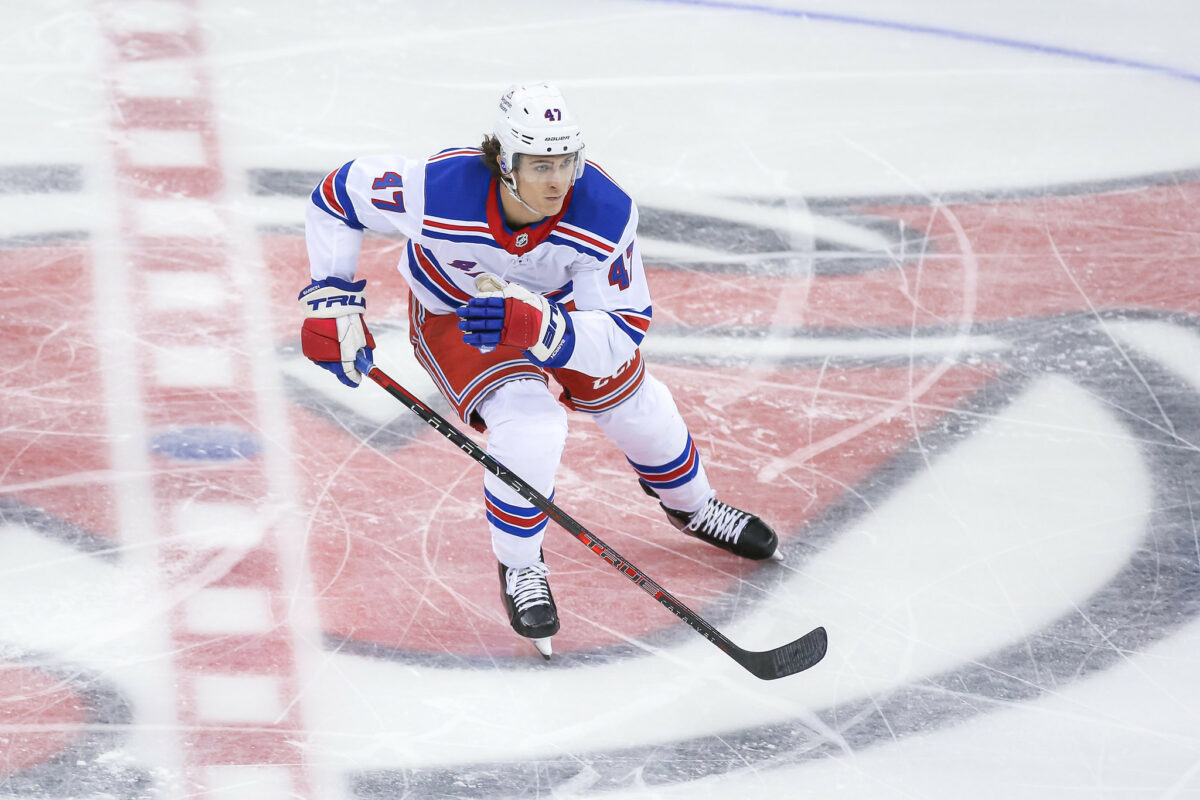
Given Drury’s own experience with a similar situation, though, he won’t be able to claim he is surprised should Strome’s departure prove to be a mistake.